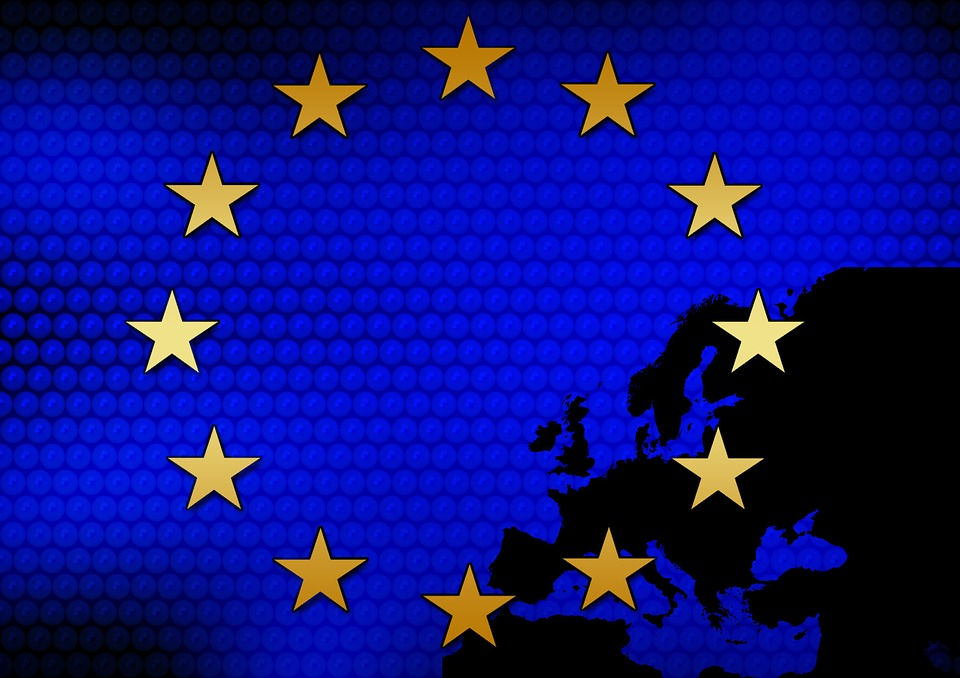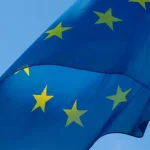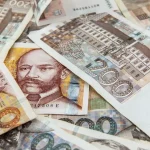
November the 21st, 2020 – The famous 22 billion euros from Brussels has an additional sum attached to it in the shape of aid for the negative consequences caused by the ongoing coronavirus pandemic, and this marks a truly historic chance for the Croatian economy.
As Poslovni Dnevnik/Iva Boban Valecic writes, after two months of painstaking negotiations at a summit in the Belgian capital, Plenkovic announced that 22 billion euros will flow into Croatia when the new seven-year EU budget was finally agreed in July.
In addition to this budget, a fund has been agreed from which the financing of the consequences of the coronavirus crisis will be financed. The total value of both documents are eyewatering amounts, but what made this deal be immediately referred to as historic is not the dizzying amount itself, but the fact that massive joint EU borrowing was agreed for the first time.
In the arduous negotiations that preceded this agreement, the frugal quartet, Austria, the Netherlands, Denmark and Sweden, which were called European misers for opposing joint borrowing, had to be broken.
At the insistence of these countries, the ratio between grants and loans that will be available to EU member states in favour of borrowing has changed, so about half of the total money to overcome the economic, health and other consequences of the coronavirus crisis will be allocated non-refundable funds and half soaked up by borrowing.
Almost 6 billion euros in grants and another 2.35 billion euros in soft loans will be available to Croatia from the new recovery instrument, which is an unpecedented opportunity for the Croatian economy. The good news for Croatia was also brought about by the agreement on this new financial perspective.
Over the next seven years, additional money is planned for less developed regions and rural areas, but also for demographics, which Croatia insisted on during the negotiations. An additional benefit is that the earlier rate of the co-financing of projects from the European budget of 85 percent for less developed regions has survived, although some countries have insisted that it be reduced and the national component raised to 30 percent. According to some calculations, Croatia will therefore save 6 billion kuna over the next seven years.
There is also the famous “N + 3” rule, according to which money can be absorbed three years after the year in which the budget commitments are made, which also goes in the Croatian economy’s favour.
The realisation of this agreement, however, is going through difficult trials. The final adoption of the package in the European Parliament is currently being blocked by Hungary and Poland, dissatisfied with the fact that project funding is linked to the rule of law in EU member states.
The realisation of the European budget will probably be delayed because of that, but there is no doubt that an agreement will be reached in the end.
In the meantime, it is important for Croatia to prepare well for the withdrawal of money that should be available to it, because this very generous envelope requires additional effort from the usually ill-prepared domestic administration, which must work on concluding projects from the financial perspective and prepare strategic documents for withdrawing money from the Mechanism for recovery, as well as 12.7 billion euros from the EU budget.
As a first precondition for withdrawing this money, the Croatian Government recently identified a proposal for a National Development Strategy for the next ten years.
The National Recovery Plan, which will enable the withdrawal of money from the Recovery Mechanism, should also be based on this strategy. It should be borne in mind that such plans will also be adopted by other member states, and large and economically developed countries will certainly incorporate the interests of their own producers.
Although agreement at EU level is largely in favour of less developed members, their technological backwardness is a burden, especially given that a high share of green and digital transformation projects will be required from projects in the Recovery Mechanism.
Therefore, as economist Zeljko Lovrincevic recently warned, the Croatian economy is threatened by a scenario in which as much as two thirds of that withdrawn money could flow to the west through technology, and to the east through labour, which is also very much insufficient in Croatia.
The government will therefore have to take care to support the interests of the Croatian economy as much as possible through the National Recovery Plan and the policies that will result from it, because the historic chance that Croatia has through these mechanisms could otherwise turn into yet another historic fiasco.
For the latest travel info, bookmark our main travel info article, which is updated daily.
Read the Croatian Travel Update in your language – now available in 24 languages
Join the Total Croatia Travel INFO Viber community.










